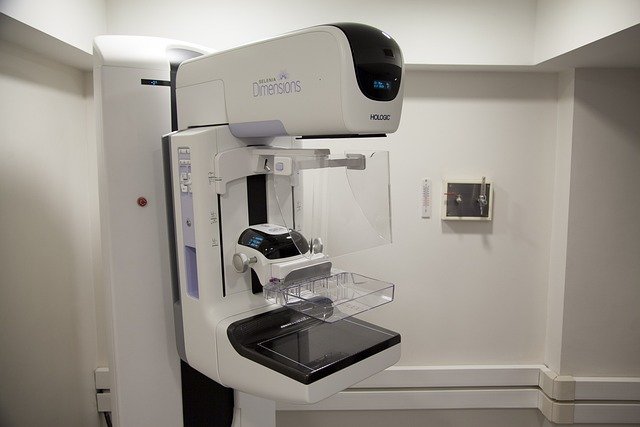X-Ray Technician Training: Pathways to a Medical Imaging Career
Becoming an x-ray technician starts with focused training that blends classroom learning, hands-on practice, and clinical rotations. This training prepares students to operate imaging equipment safely, understand anatomy and radiographic technique, and deliver patient-centered care in healthcare and hospital settings. The pathway can vary by program type, required certification, and local licensing rules.

This article is for informational purposes only and should not be considered medical advice. Please consult a qualified healthcare professional for personalized guidance and treatment.
healthcare: Why x-ray training matters
Training in radiography is essential to the broader healthcare team because diagnostic images guide many clinical decisions. Programs teach radiation safety principles, image quality assessment, and patient communication—skills that reduce risk while improving diagnostic value. In addition to technical tasks, educated technologists help maintain infection control, document exposures, and coordinate with physicians and other staff to support timely patient care.
x-ray: Core curriculum and technical skills
Typical coursework covers radiographic anatomy, positioning, radiation physics, image production, and digital imaging systems. Students learn to operate x-ray machines, work with detectors and PACS (picture archival and communication systems), and troubleshoot common technical issues. Labs and simulated imaging sessions develop positioning accuracy and exposure technique. Emphasis on radiation protection (ALARA — As Low As Reasonably Achievable) is integral, ensuring safe practices for patients and staff.
technician: Certification, competencies, and pathways
Common pathways include certificate programs (often 9–18 months) and associate degrees (usually about two years). Many employers require professional certification; in the United States, many technologists pursue the American Registry of Radiologic Technologists (ARRT) credential, while programmatic accreditation (for example, by JRCERT) is often a marker of quality. Core competencies include patient positioning, image evaluation, basic cross-sectional anatomy, and understanding of clinical protocols. Ongoing continuing education supports skill maintenance and career advancement.
medical: Clinical experience and patient care
Clinical rotations in medical imaging departments are a major component of training. Students gain hands-on experience performing exams on diverse patient populations, from pediatrics to geriatrics, and learn to adapt technique for trauma or mobility limitations. Training emphasizes patient safety, clear communication, and compassionate care—important aspects when patients may be anxious or unwell. Supervising technologists and clinical instructors provide real-world feedback that complements classroom theory.
hospital: Career settings and professional growth
Graduates can work in a range of hospital and outpatient settings: emergency departments, radiology suites, orthopedic clinics, and mobile imaging units, among others. With experience, technologists may specialize (for example in fluoroscopy, CT, or mammography) or move into lead technologist, education, or management roles. Familiarity with hospital workflows, electronic health records, and multidisciplinary teams helps new technologists integrate effectively into clinical environments.
Conclusion
X-ray technician training combines technical coursework, clinical practice, and professional credentialing to prepare graduates for essential roles in medical imaging within hospitals and other healthcare settings. Prospective students should compare program accreditation, clinical placement opportunities, and certification outcomes to find a training path that aligns with their career goals and local licensing requirements. Continuous learning and attention to radiation safety remain central throughout a technologist’s career.






